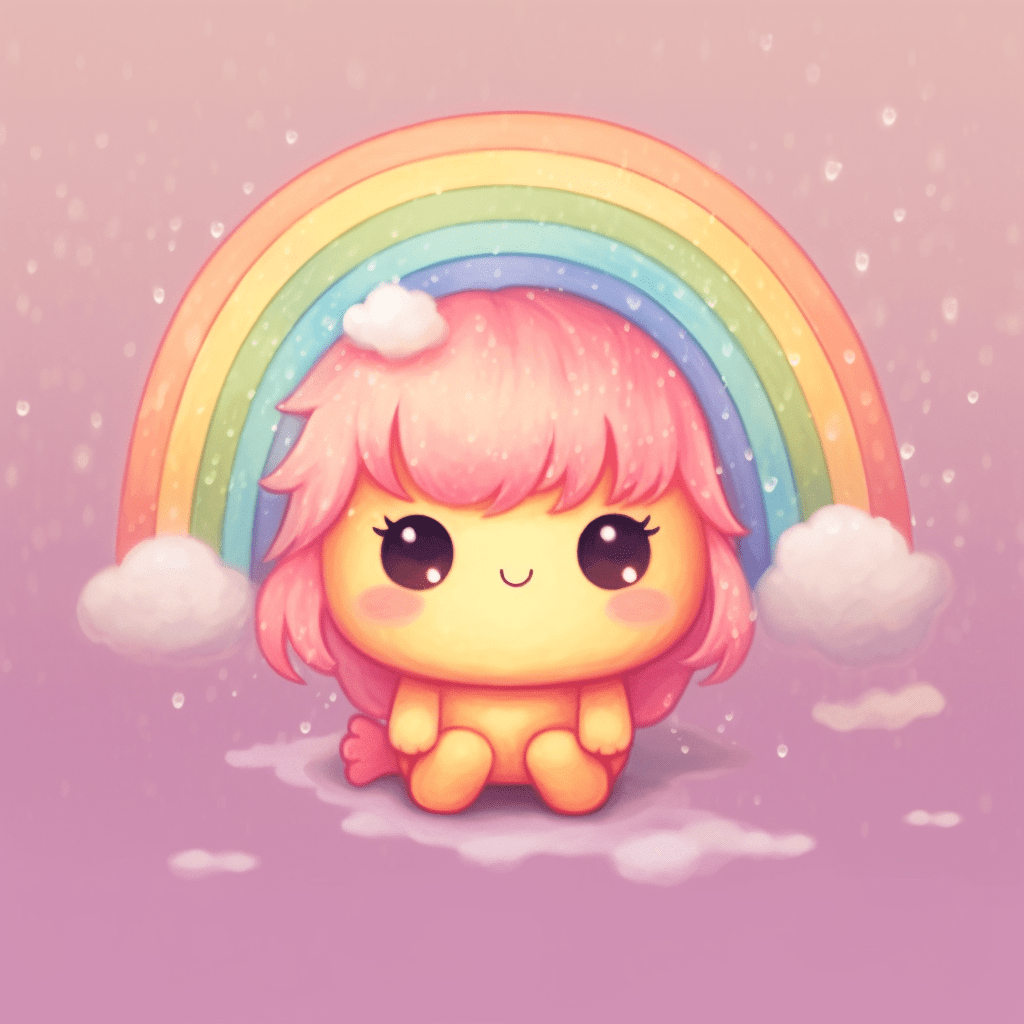
The world of fashion and apparel has been quick to embrace the growing trend of non-fungible tokens (NFTs), with brands and designers creating digital versions of limited edition items. These digital assets offer unique opportunities for collectors and investors alike, but determining the cost of NFTs for limited edition fashion and apparel items can be a complex process. In this article, we’ll explore the factors that influence the cost of these NFTs and provide insight into how to evaluate their value.
The Influence of Brand and Designer Reputation
One of the most significant factors that can impact the cost of NFTs for limited edition fashion and apparel items is the reputation of the brand or designer behind the creation. Renowned brands and designers often command higher prices for their NFTs due to their established reputation, exclusivity, and the perceived value associated with owning a digital asset linked to their name.
For example, luxury fashion brands like Gucci and Louis Vuitton have ventured into the NFT space, with their digital assets often commanding premium prices compared to lesser-known brands or independent designers. This doesn’t mean that NFTs from emerging brands or designers won’t have value, but their pricing may be more modest in comparison.
Scarcity and Rarity of the NFT
The scarcity and rarity of an NFT are also crucial factors in determining its cost. Limited edition fashion and apparel NFTs often have a predetermined number of editions or unique variations, which can significantly influence their value.
The more limited the supply, the higher the demand and potential value of the NFT. For example, a one-of-a-kind digital fashion item may command a much higher price than an NFT with multiple editions, even if they’re from the same designer or brand. Collectors often place a premium on owning rare or exclusive digital assets, so the scarcity factor can have a significant impact on the cost of NFTs for limited edition fashion and apparel items.
Market Demand and Popularity

Market demand and popularity also play a role in determining the cost of NFTs for limited edition fashion and apparel items. If an NFT is highly sought after or associated with a popular trend or movement, its value may be driven up as more collectors and investors compete to acquire it.
Similarly, collaborations between well-known designers or brands and popular figures from the worlds of entertainment, sports, or the arts can generate additional buzz and interest, further driving up the cost of the associated NFTs. It’s essential to monitor market trends and gauge the popularity of a particular NFT to better understand its potential value.
The Role of Auctions and Secondary Market Sales
Auctions and secondary market sales can also influence the cost of NFTs for limited edition fashion and apparel items. Many NFTs are initially sold through auctions, with the final sale price determined by competitive bidding. This can lead to significant fluctuations in the cost of an NFT, depending on factors such as the level of interest, the number of bidders, and the overall market sentiment at the time of the auction.
Secondary market sales, where NFTs are bought and sold between collectors and investors after the initial purchase, can also impact the cost of NFTs. The secondary market can be influenced by a variety of factors, including the overall demand for a particular NFT, its rarity, and the reputation of the brand or designer. Monitoring secondary market sales and auction results can provide valuable insight into the cost of NFTs for limited edition fashion and apparel items.
The Cost of NFT Creation and Gas Fees
Finally, it’s essential to consider the cost of creating the NFT itself and the associated gas fees when determining its overall value. NFT creation often involves the use of minting the token on a blockchain, which can incur costs depending on the platform used and the complexity of the digital asset. Gas fees, or the fees required to complete a transaction on a blockchain, can also add to the overall cost of an NFT, especially during times of high network congestion.
These factors should be considered when determining the cost of NFTs for limited edition fashion and apparel items, as they can affect the final price paid by collectors and investors.
Understanding Digital Fashion and Apparel NFT Valuation
Valuing digital fashion and apparel NFTs can be a complex process, as there are often numerous factors to consider, such as the reputation of the brand or designer, the scarcity and rarity of the NFT, market demand and popularity, auction results, and secondary market sales. Additionally, the costs associated with creating the NFT and any gas fees should also be factored into the overall cost.
To make informed decisions when purchasing or investing in NFTs for limited edition fashion and apparel items, it’s crucial to stay up-to-date with market trends, monitor auction results and secondary market sales, and thoroughly research the brand or designer behind the NFT. This due diligence can help ensure that you’re making a well-informed decision and can potentially lead to a more successful investment in the world of digital fashion and apparel NFTs.
Conclusion

In conclusion, the cost of NFTs for limited edition fashion and apparel items can vary greatly depending on a range of factors. By considering the reputation of the brand or designer, the scarcity and rarity of the NFT, market demand and popularity, auction and secondary market sales, and the costs associated with NFT creation and gas fees, collectors and investors can better understand the value of these digital assets. Staying informed and conducting thorough research is essential when navigating the ever-evolving world of NFTs in the fashion and apparel space.
